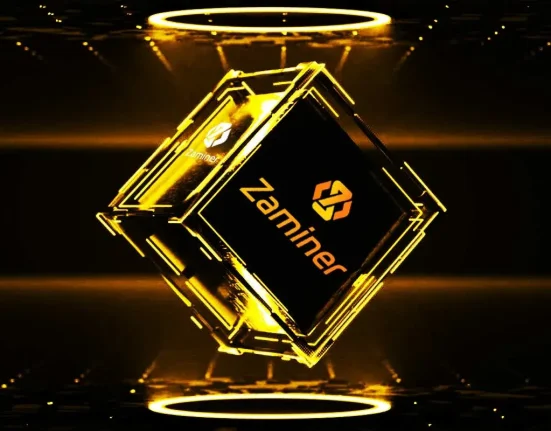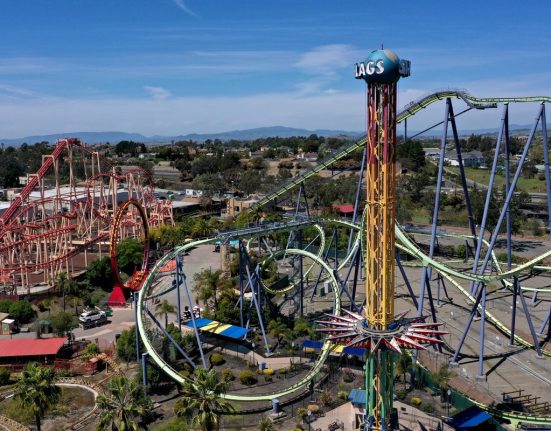[HONG KONG] Nick Bird’s OQ Funds Management opened a Japan quantitative hedge fund in September. Within weeks, it raised the maximum US$250 million and had to turn away additional money, the former Macquarie Group veteran said.
Meanwhile, Sengu Capital’s hedge fund tapping improving corporate management in Japan has tripled assets to US$450 million after trading began in early October, said sources familiar with the Hong Kong-based firm. A multi-strategy Japan fund that York Capital Management spinoff MY.Alpha Management opened to external clients in early 2023 and now oversees about US$700 million.
Their pace of asset gathering, impressive for Asia hedge funds of any stripe these days, highlights how Japan’s deepening corporate governance reforms and exit from more than a decade of deflation have rekindled global investor interest in the world’s fourth-largest economy. It also underscores the dearth of Japan-dedicated funds that have good track records and are able to take sizable amounts of money from large institutions.
“Despite the increased interest in Japanese hedge funds, allocators have been starved of institutional-quality, scalable managers,” said Michael Garrow, chief investment officer of HS Group, a provider of strategic capital to fledgling hedge funds, including Sengu.
Japan was once a magnet for hedge funds, drawn by opportunities as wide-ranging as currency and rates to convertible bonds and stock index rebalancing. By the early 2000s, there were more multibillion-dollar hedge funds focused on the country than anywhere else in Asia.
Then it fell out of favour, hurt by crackdowns on insider trading, the global financial crisis and the 2011 earthquake and tsunami. At the same time, capital market reforms made China a more accessible market.
BT in your inbox

Start and end each day with the latest news stories and analyses delivered straight to your inbox.
Now the stars are aligned for Japan hedge funds again. Inflation is back, along with wage growth. Through the turmoil triggered by the Trump administration’s tariff policies, Japanese stocks have largely held onto gains in recent years. In US dollar terms, the benchmark Topix index chalked up an annualised 8.4 per cent return in the past five years, against the 0.1 per cent loss of the MSCI China Index.
A net 22 per cent of respondents to a BNP Paribas survey last year expected to allocate more money to Japan, the second-most sought-after geography. This year, 20 per cent indicated similar plans.
The foremost beneficiaries of the renewed Japan interest have been funds that have taken a page from their activist predecessors, engaging with companies to push for improved shareholder returns, governance reforms and capital efficiency. Seth Fischer’s Oasis Management is now approaching US$9 billion in assets, the majority of which is in its Japan engagement strategy. Effissimo Partners, 3D Investment Partners Pte and Ichigo Asset Management International Pte have also gathered billions of US dollars.
Engagement funds often offer returns that are choppy in the short run, while tying up investor capital for years. Because of that, they tend to attract long-term investors such as endowments. Now that the corporate governance overhaul is so entrenched, there is hope that capital will trickle down to the rest of the hedge fund space.
“Well-run companies are also embracing corporate reforms, not just the weak, vulnerable ones that do it under duress,” said Garrow. “That means good things are happening at all levels of the market-cap spectrum.”
The paucity of in-depth broker research on Japanese companies leaves hedge funds ample space to mine hidden gems. Nearly one-third of the 1,684 companies in the Topix are not known to be covered by analysts, compared with under 5 per cent of those in the similar-sized S&P 1500 index, according to data compiled by Bloomberg.
“Japan has a lot of value-unlock opportunities with under-managed companies and very, very low-cost leverage in abundant supply to private equity funds,” said Garrow. He cited the potential for hedge funds to bargain-hunt cheap stocks before buyout firms make higher offers.
Some veterans are seeking to capture the renewed interest. Convertible bond trader Chris McGuire shut down his 15-year-old hedge fund in 2020 when new issuances plunged. In September, he returned with a new Japan fund with Neal Berger’s Eagle’s View Capital Management.
Former Soros Fund Management trader John Zwaanstra’s Penta Investment Advisers has also been trying to capitalise on the demand for Japan expertise, said sources with knowledge of the matter. Keita Arisawa morphed his then six-year-old Seiga Asset Management from an Asia hedge fund firm into a Japan specialist in 2023.
There are also signs of a reviving startup scene, with more varied products on offer. Rogers Investment Advisors has seen 17 new Japan-focused hedge fund firms springing up in the past 18 months, said its chief executive officer Ed Rogers.
Still, many traders have instead flocked to multistrategy, multimanager hedge funds. Global and regional pod shops such as Millennium Management, Point72 Asset Management and Hong Kong-based Polymer Capital Management have scores of Japan-focused teams between them, each numbering one to multiple employees, industry executives estimated.
Such pod shops have absorbed the bulk of new money flowing into the global industry since 2017. For their clients, it marks a safer way to tap into opportunities without having to spend time researching managers in different time zones with language barriers and a cultural gap.
Lack scale
Investors wanting pure Japan exposure or trying to sidestep the higher fees charged by pod shops have often been stumped because independent hedge funds lack scale.
Large international investors tend to allocate at least US$50 million to firms specialising in publicly traded securities, according to a 2024 survey by Fincity.Tokyo. That makes it difficult to invest in smaller firms without accounting for a large portion of their assets under management, a level of exposure that many allocators prefer to avoid. Having spent months or even years monitoring candidates, institutions also prefer managers who can potentially take larger amounts of capital from them over time.
As managing partner of Sussex Partners, Patrick Ghali has seen around 100 teams that traded Japan over 20 years. He reckons the typical Japan funds oversee US$50 million to US$80 million, often with only two or three employees.
Most would stop accepting fresh cash by the time assets hit US$300 million, given the risk of diminishing returns if the investment opportunity is finite, or because they focus on smaller, less liquid companies.
Since late 2023, Japan’s Financial Services Agency has been encouraging domestic banks and insurers to allocate money to fledging money managers, as part of a drive to promote the country as an asset management centre.
Still, local investors, especially institutions, have almost no interest in parcelling out money to small Japan-focused hedge funds, Rogers said. Meanwhile, regulatory hurdles make it impossible to access mass-affluent Japanese clients, he added.
To bridge the gap, Ghali set up a new Japan multistrategy, multimanager hedge fund with local veteran Masahiro Koshiba, an early member of Japan Advisory, which once oversaw billions of US dollars. The objective of the project – which is separate from Sussex – is bringing together teams that are, on their own, too small to get on the radar screen of larger international investors.
Their new fund Susanoh started trading in mid-November with 10 teams employing various strategies, each led by someone with 10 to 35 years of experience in the market. Susanoh cherry-picked half of them from those on the platform of United Managers Japan (UMJ). Koshiba set up UMJ in late 2004, initially to incubate new hedge funds.
Over the years, it morphed into more of a provider of support, such as regulatory licensing, office space and trading, Ghali said. Susanoh is also working with one team each from Nikko Asset Management, Sparx Group and Tokai Tokyo Financial Holdings.
“Japan is one of the best, if not the best, hedge fund alpha markets,” Ghali said, referring to market-beating performance. “You have all these talented traders, but a lot of them are sub-scale. It would make a lot of sense to create some sort of product where the best can be combined.” BLOOMBERG







